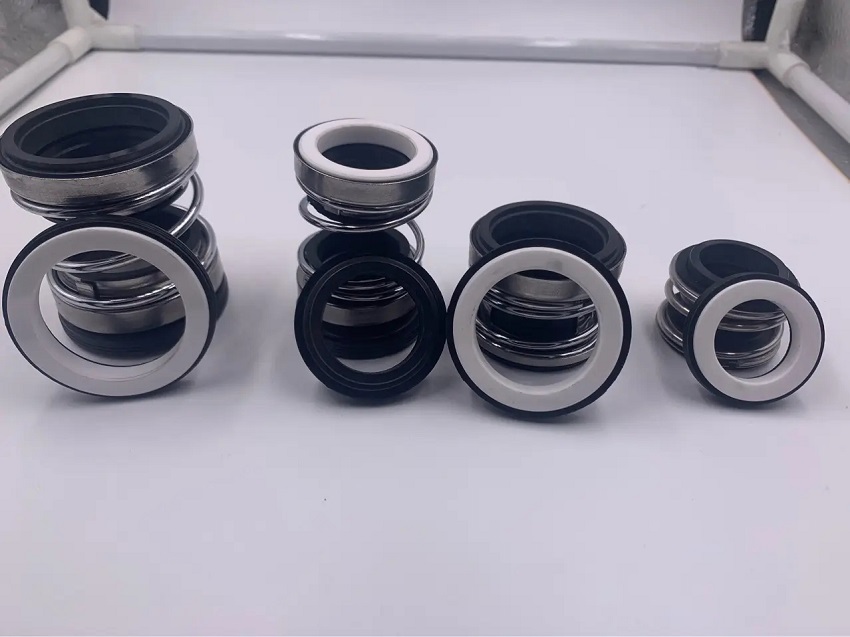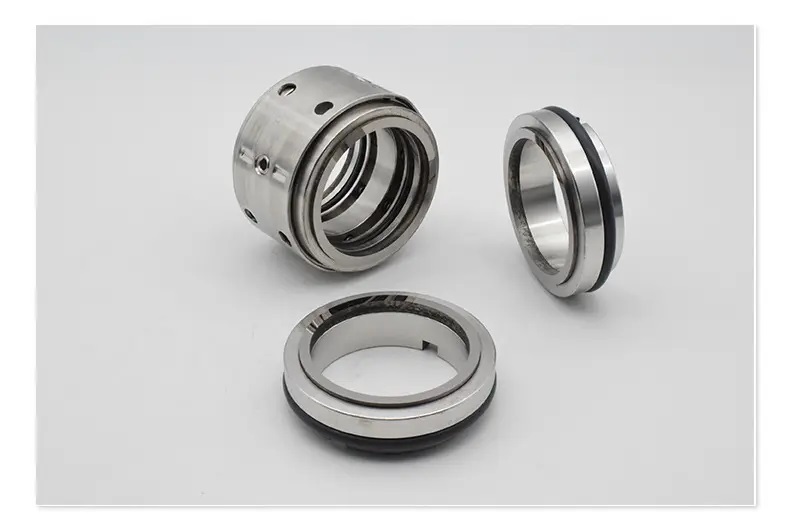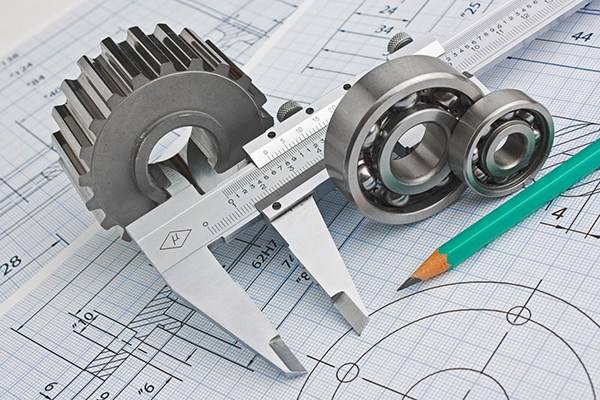Generally speaking, mechanical seals (especially containerized mechanical seals) can be equipped with auxiliary systems, but suitable flushing schemes should also be selected according to different working conditions.
In terms of flushing, it means directly injecting liquid into the high-pressure side of a double end mechanical seal or a single end mechanical seal. Generally, pumps should be flushed, especially light hydrocarbon pumps.
1. Rinse to dissipate heat. The heat generated by the liquid seal must be controlled. This can be achieved by flushing the sealed chamber with liquid to remove heat and control temperature rise.
2. Reduce the liquid temperature. In some cases, excessive liquid temperature can affect sealing performance. In such cases, it is necessary to lower the temperature to improve the performance of the liquid.
3. Change the pressure in the sealing chamber. In some cases, it is necessary to increase or decrease the sealing chamber pressure to improve performance. This can be achieved by suppressing evaporation or reducing the heat load on the seal.
4. Clean the process liquid. If the process liquid contains inappropriate solid particles or pollutants, it is necessary to clean the liquid in the sealed chamber. In extreme cases, it may be necessary to provide clean liquid from outside the sealing system.
5. Control the atmospheric side of the seal. Due to the contact between process liquids and the atmosphere, they may dry, crystallize, or coke. It is very important to prevent interaction with the atmosphere to avoid adverse effects on sealing performance.





